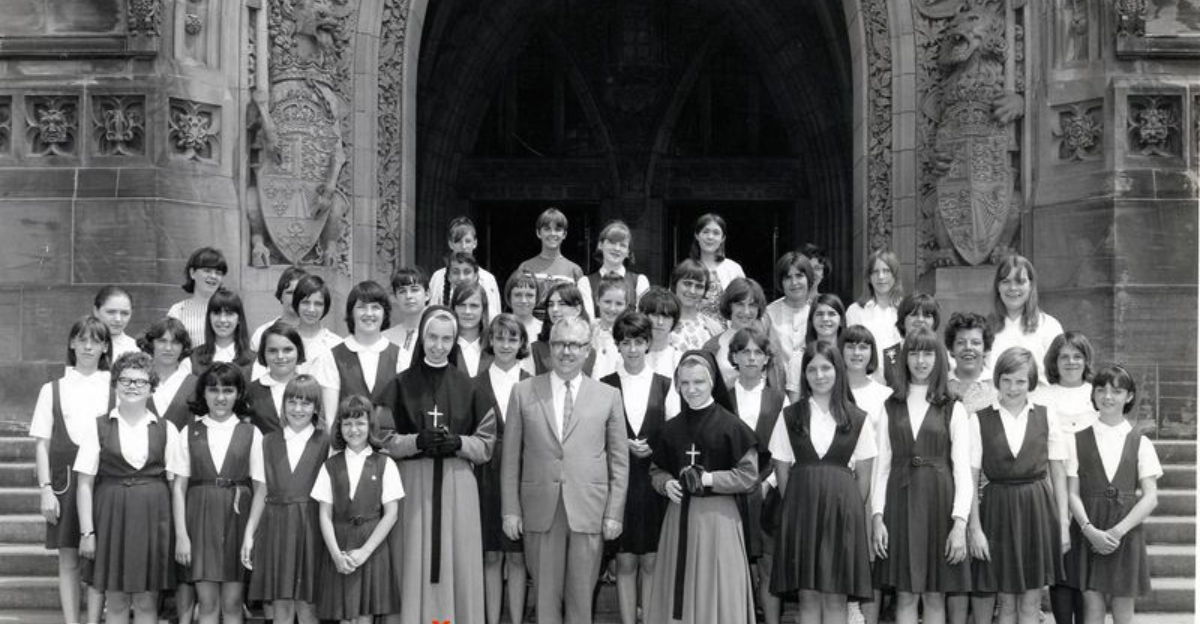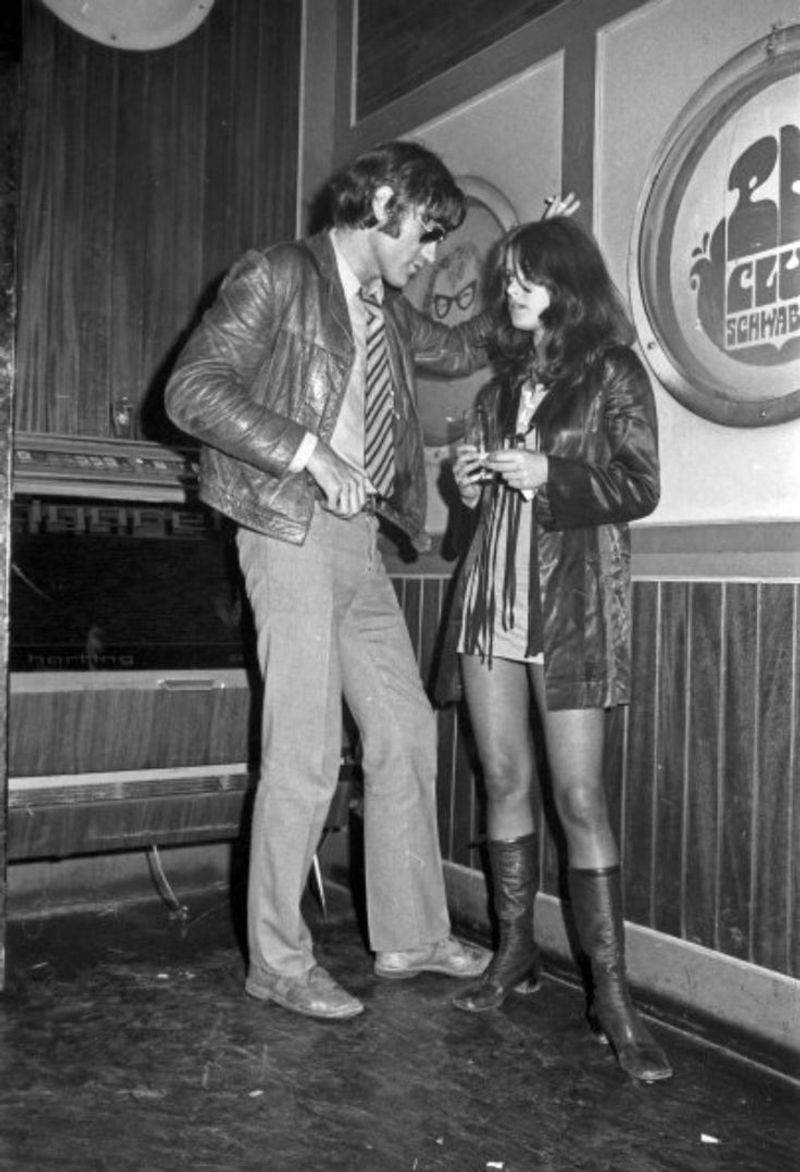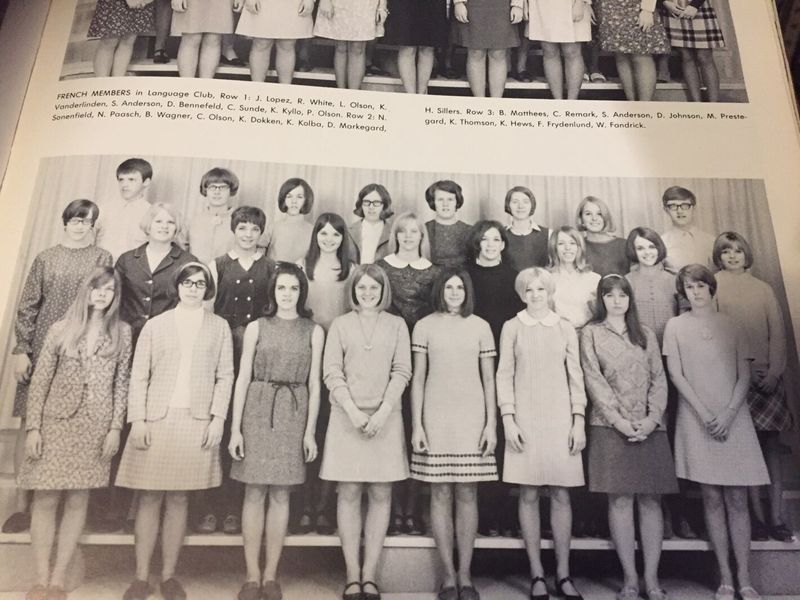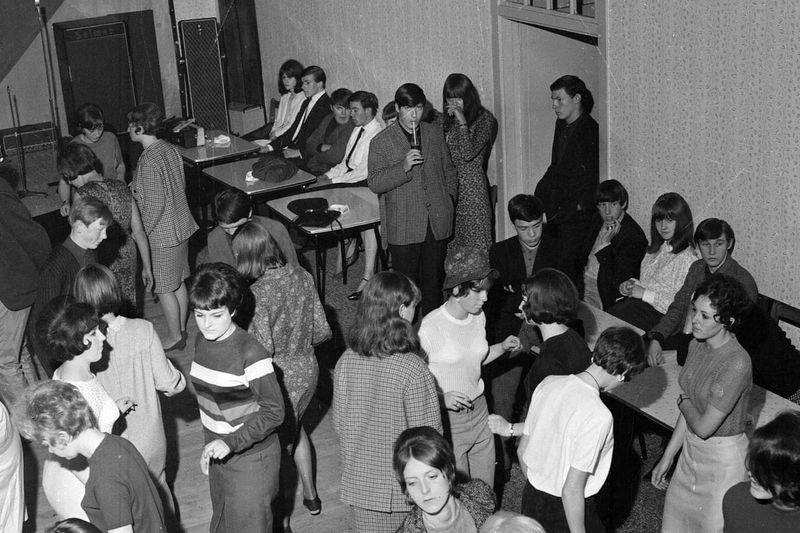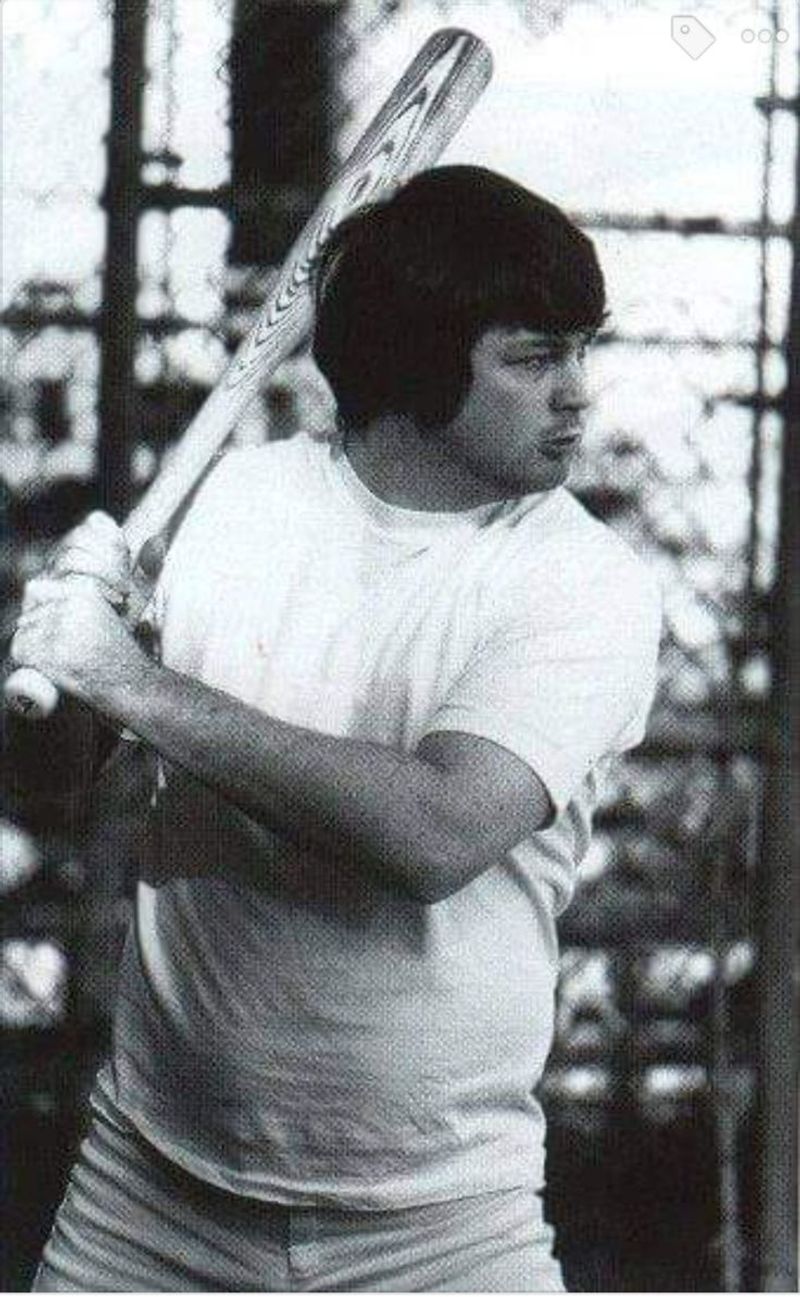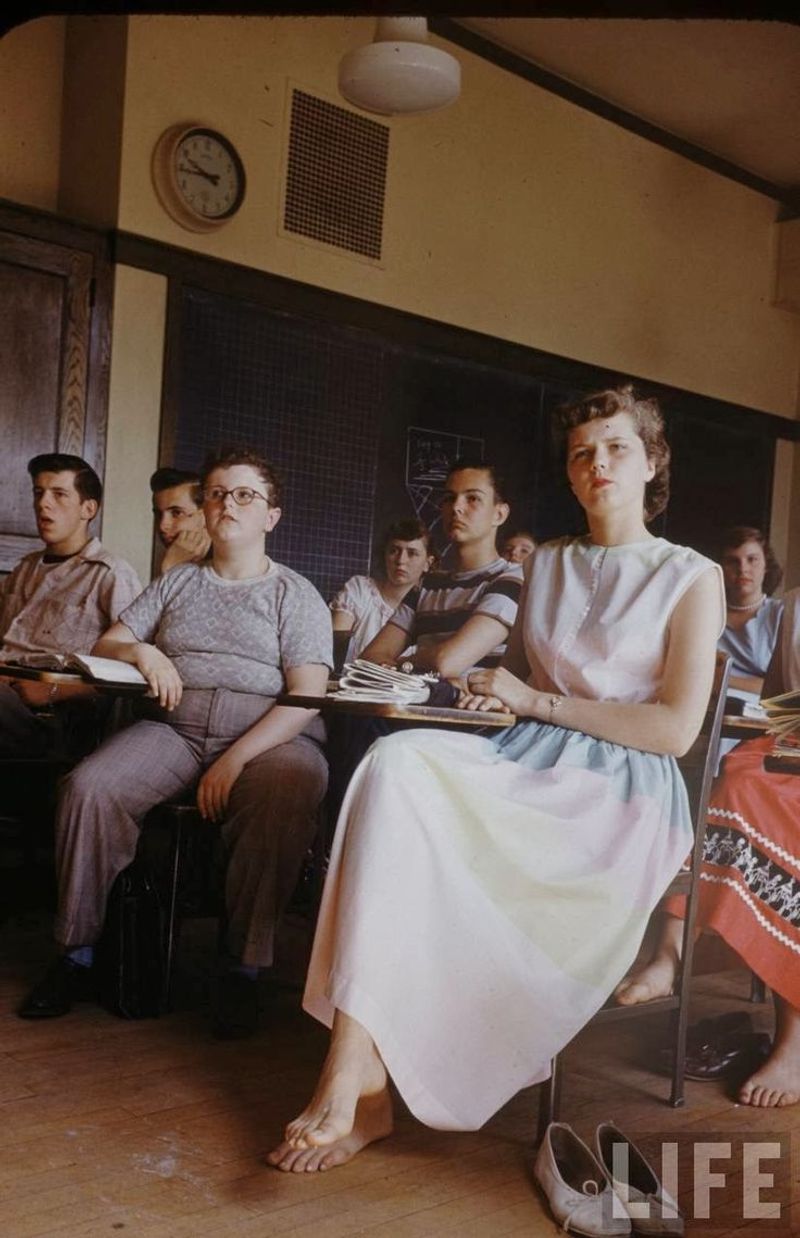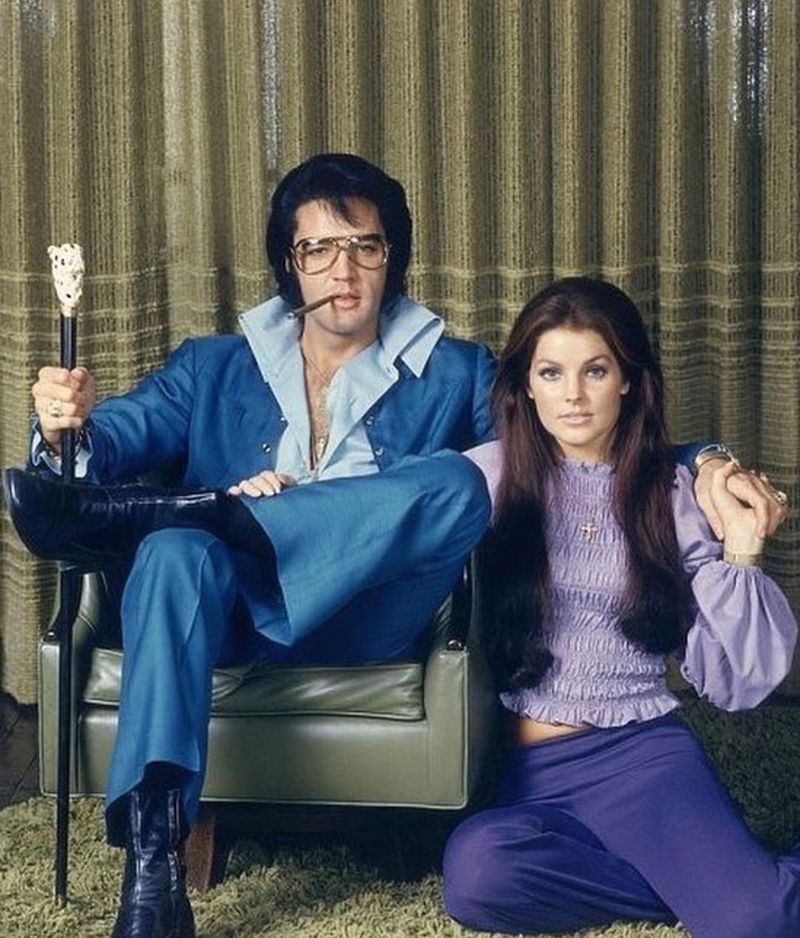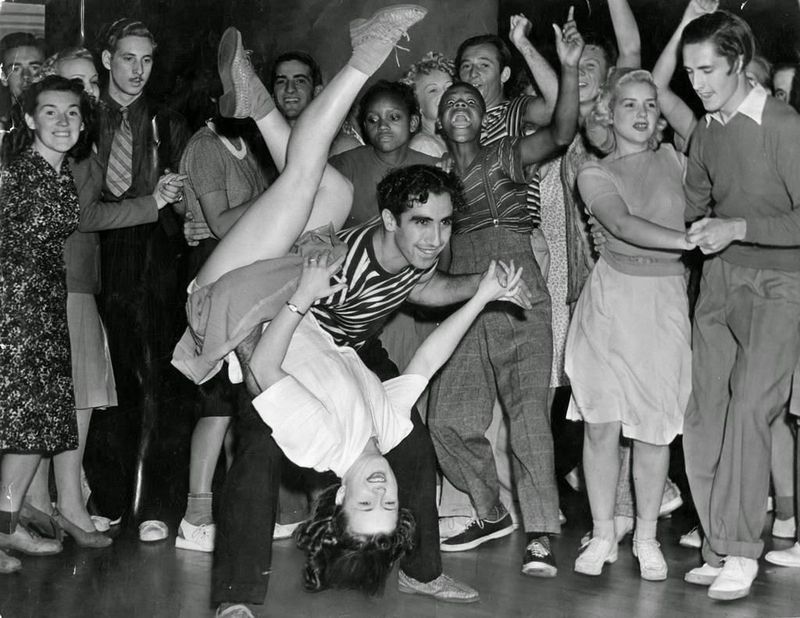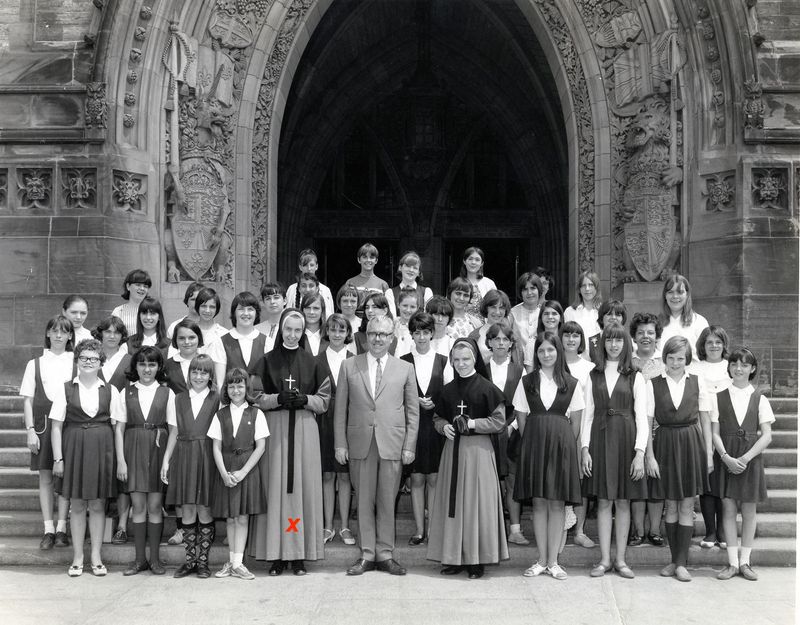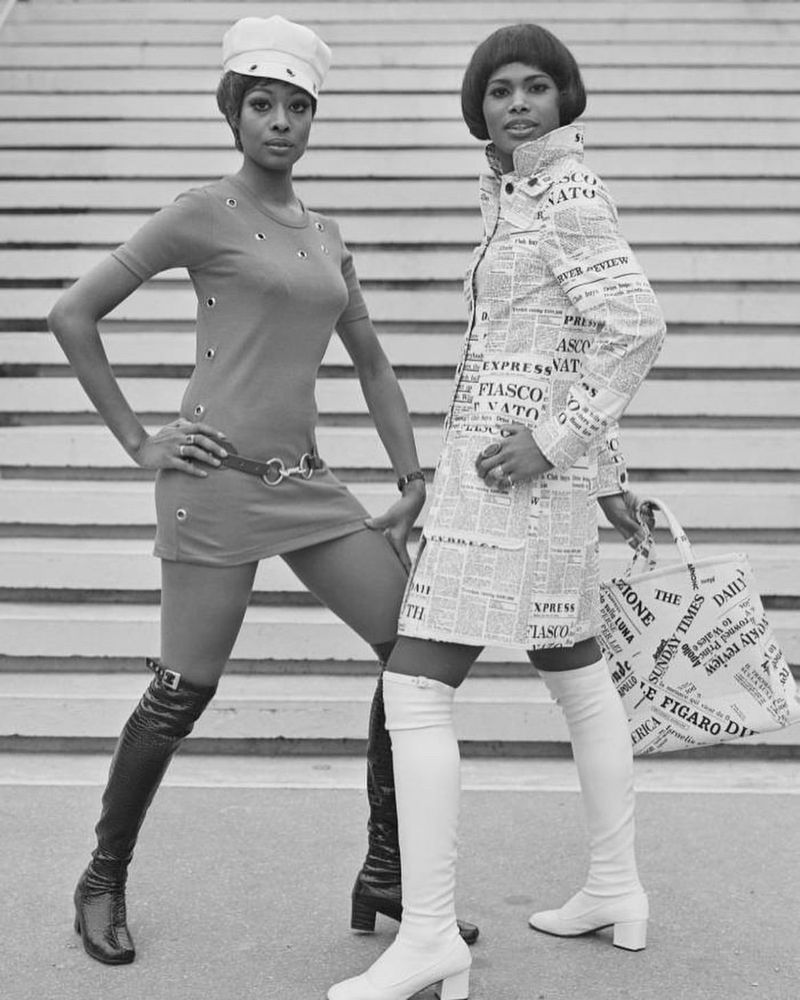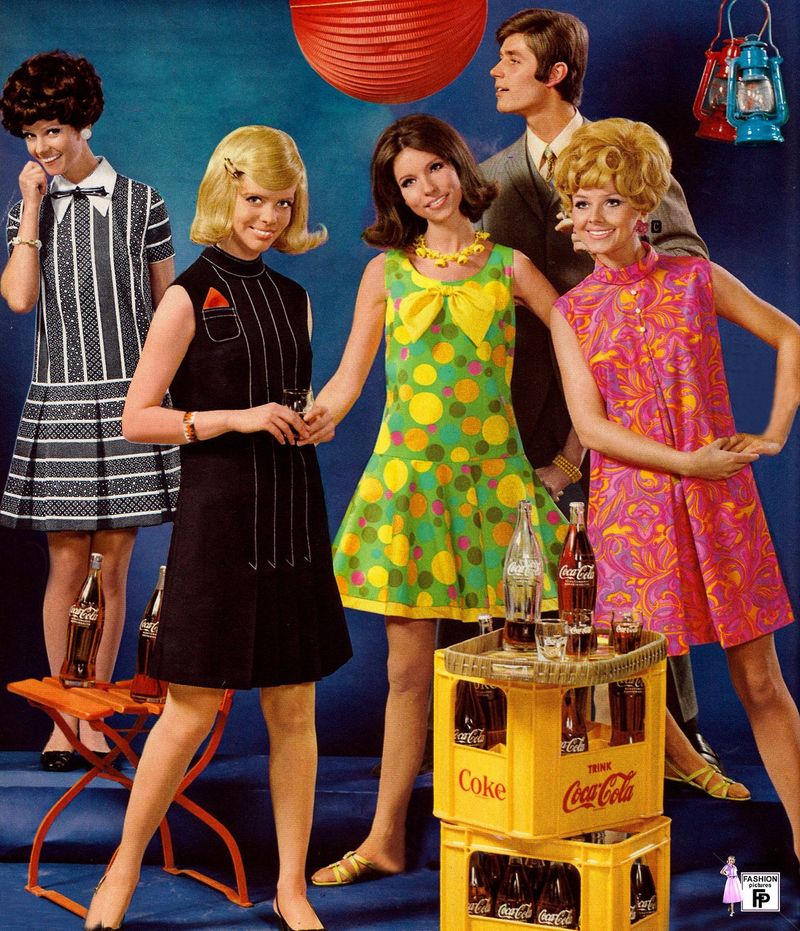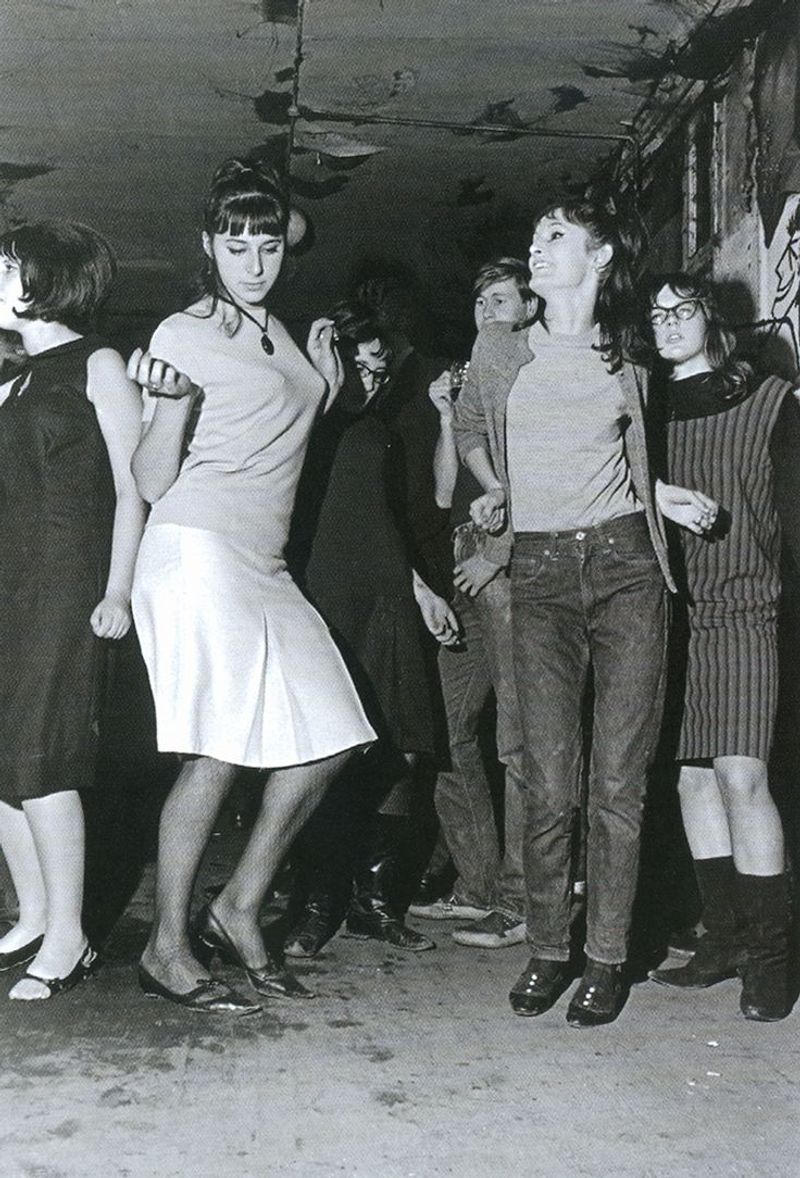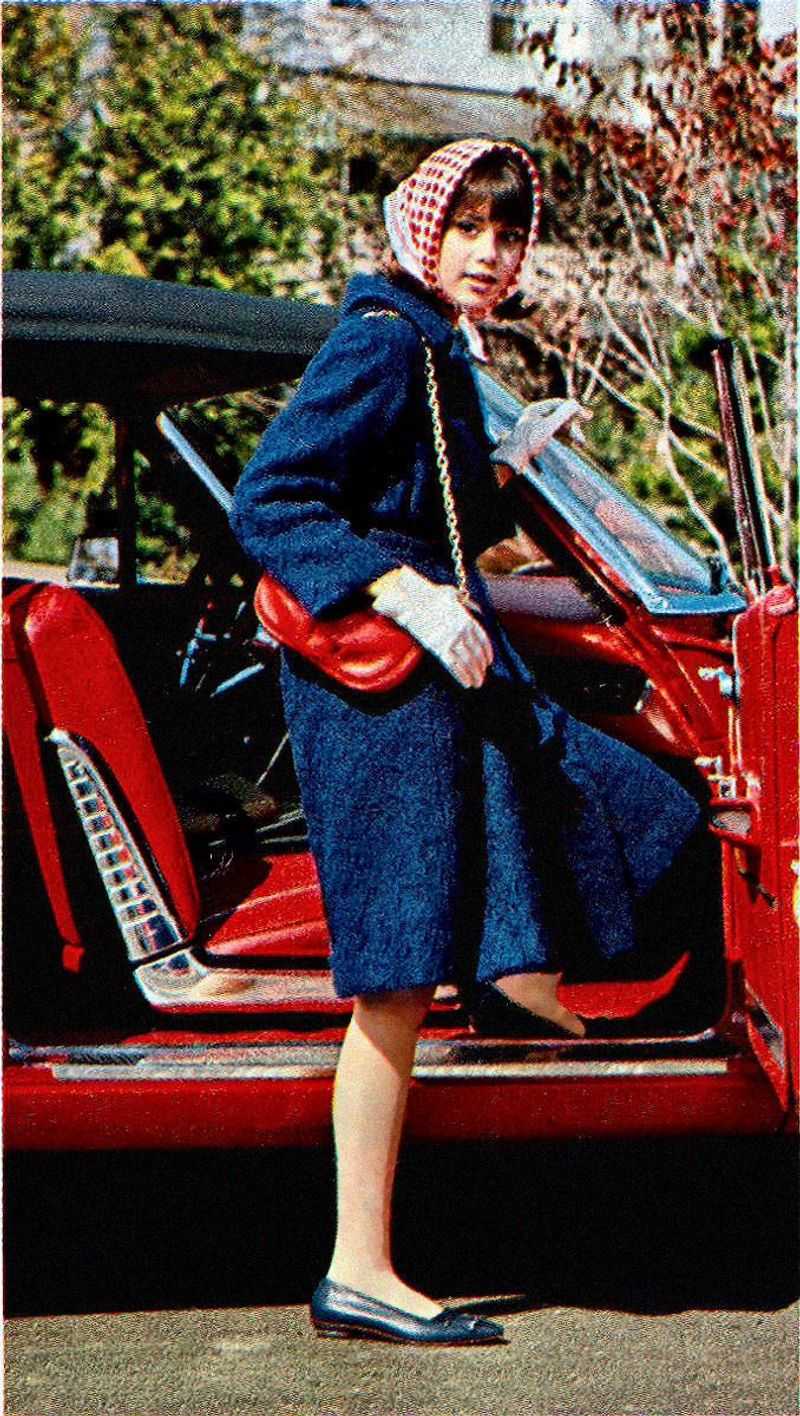The 1960s was a transformative era, known for its vibrant culture, spirited music, and evolving social norms. Yet, when we delve into the social etiquette followed by teenagers of that time, some rules seem downright baffling today. From strict dating protocols to peculiar fashion dos and don’ts, these unwritten rules were a staple in the life of a 60s teen. Join us as we explore 15 social rules from the 60s that might leave you scratching your head.
Formal Dating Protocols
In the 1960s, dating was a formal affair. Boys would have to pick up girls at their homes, often meeting the father before taking the girl out. This tradition was not only seen as a sign of respect but also a social norm that teens of the era strictly adhered to.
Girls, on their part, were expected to be dressed in their best, often a neat dress, and behave politely. The date itself usually involved activities like going to the cinema or a diner. Looking back, this formality seems strange with today’s casual approaches to dating.
Dress Codes at School
Strict dress codes were the norm for 60s teens attending school. Boys wore dress shirts and slacks, while girls were expected to don knee-length skirts and blouses. Such attire was considered appropriate and respectful.
The rules were enforced to maintain a sense of discipline and decorum within educational institutions. Deviating from these dress codes could lead to disciplinary actions, leaving students with little room for self-expression through fashion.
Today, while some schools still uphold dress codes, they are generally more relaxed, allowing greater freedom and comfort for students.
Proper Telephone Etiquette
Teenagers in the 60s had specific rules when it came to using the telephone. Girls, especially, were taught to answer calls politely and keep conversations brief. Calls were often made in common spaces of the home, ensuring relatives could monitor discussions.
Boys were usually the ones calling, following set times to avoid interrupting family meals or late hours. This etiquette emphasized respect and courtesy towards family dynamics.
Nowadays, with the advent of mobile phones, communication is much more informal, and these rigid telephone etiquettes have nearly vanished.
Curfew Enforcement
Curfews were a significant aspect of teenage life in the 60s. Parents set strict time limits for their kids to return home, often by 10 PM. This was to ensure safety and instill a sense of responsibility.
Teens risked getting grounded if they broke curfew rules, leading to restricted social activities. Parents believed these curfews protected their children and maintained household order.
In contrast, today’s teens may still have curfews, but they tend to be more flexible, with greater negotiation between parents and children, reflecting changes in attitudes towards trust and independence.
Gender-Specific Activities
In the 60s, activities were often divided along gender lines. Boys participated in sports and outdoor adventures, while girls engaged in more domestic or community-centered tasks like knitting or organizing bake sales.
This division was an extension of the gender roles prevalent at the time, emphasizing traditional male and female responsibilities. Such roles limited opportunities for teens to explore interests outside societal expectations.
Today, while some gender norms persist, teens enjoy more freedom to pursue diverse activities, reflecting a societal shift towards inclusivity and equal opportunities for both genders.
Respecting Elders
Respecting elders was paramount for 60s teens. They were expected to stand when an elder entered a room, offer their seats, and listen attentively to their stories or advice.
This practice reflected the strong emphasis on hierarchy and respect in social interactions. Failing to adhere to these norms could result in societal disapproval and parental reprimand.
While respecting elders remains important today, the expression of respect has evolved. Teenagers now engage with elders in more casual and interactive ways, bridging generational gaps and fostering mutual understanding.
The Art of Courting
Courting in the 60s was a delicate art. Boys would formally ask girls to dances or events, often with flowers or a charming note. This was a ritual that required courage and was seen as a rite of passage.
Girls would wait to be asked, adhering to the social norms of the time. Acceptance was a sign of interest; rejection, a gentle letdown.
Today, the dynamics of dating have transformed, with both genders equally likely to initiate relationships through texts or social media, highlighting a shift towards equality and mutual interest.
Dance Floor Etiquette
Dancing was a refined activity in the 60s. Teens followed specific steps and styles like the Twist or the Jive at social gatherings. Boys led, and girls followed, adhering to traditional dance roles.
Events like school proms had rules: no overly close dancing and maintaining a respectable distance. These guidelines underscored the era’s emphasis on modesty and proper conduct.
Modern dances are more freestyle, allowing personal expression and creativity. Dance floors now welcome diverse styles, breaking away from rigid structures and celebrating individualism, unlike the scripted etiquette of the past.
Attending Church on Sundays
Sundays meant church for many 60s teens. Attending service with family was a non-negotiable tradition, reflecting the societal emphasis on religious observance and community.
This practice fostered a sense of belonging and moral grounding among youth. Missing church was often frowned upon, questioning one’s commitment to family values.
Today, the religious landscape is more diverse, with teens attending church less frequently. While some families maintain this tradition, others explore different forms of spiritual and community engagement, reflecting broader changes in cultural and personal beliefs.
Writing Thank You Notes
In the 60s, writing thank you notes was a common courtesy taught to teens. After receiving gifts or attending parties, they were expected to express gratitude through handwritten notes.
This etiquette emphasized the value of appreciation and personal touch in communication. Parents encouraged this practice as a way to instill politeness and thoughtfulness.
With digital communication, this tradition has faded, replaced by quick texts or emails. However, the sentiment remains, and some still appreciate the charm of a handwritten note, valuing the effort and personal connection it represents.
Conformity in Fashion
Fashion in the 60s for teens was about conformity. Boys wore letterman jackets and slick hairstyles, while girls donned poodle skirts and beehive hairdos. These styles symbolized their identity and social standing.
Peer pressure to fit in was intense, as deviating from these trends often led to social ostracism. Teens adhered to these fashion norms to blend in and gain acceptance.
Today’s fashion scene celebrates individuality and diversity, welcoming unique expressions and styles. Teens are encouraged to explore their identities through fashion, a stark contrast to the rigid conformity of the 60s.
Strict Party Protocols
Teen parties in the 60s were formal affairs. Invitations were sent, attire was elegant, and activities were planned meticulously. Boys and girls mingled under supervision, ensuring decorum.
Parents often chaperoned these gatherings, monitoring interactions and ensuring adherence to social norms. Dancing and games were structured to maintain order and propriety.
Today, parties are more relaxed and casual, with a focus on fun and spontaneity. While some structured events still exist, the modern approach emphasizes enjoyment and personal expression, contrasting with the formal protocols of the past.
Role of Chaperones
Chaperones played a significant role in the dating scene of the 60s. Teens were rarely allowed to go on dates without adult supervision, ensuring that interactions remained appropriate.
This practice was rooted in the emphasis on reputation and moral conduct, reflecting societal expectations of the time. Chaperones served as guardians of propriety, often accompanying couples to public places.
Today, while monitoring still exists in some cultures, teens enjoy more freedom and trust. The idea of chaperones has largely disappeared, replaced by open dialogues and mutual respect between parents and children.
Importance of Manners
Manners were paramount for 60s teens. Boys were taught to open doors for girls, say ‘please’ and ‘thank you,’ and maintain a polite demeanor at all times.
These social graces were seen as reflections of good upbringing and were especially emphasized in public settings. Parents and schools instilled these values from a young age to ensure proper behavior.
While politeness remains important, the expression of manners has relaxed. Today, the focus is more on genuine respect and kindness, rather than adhering to prescribed actions. Teens are encouraged to express manners in ways that feel authentic.
Conservative Hairstyles
Hairstyles in the 60s followed conservative norms. Boys sported short, neat haircuts, while girls styled bouffant or beehive hairdos. These looks were an essential part of a teen’s identity.
Hair was meticulously maintained, reflecting societal expectations of neatness and conformity. Deviating from these styles often attracted criticism or judgment from peers and adults alike.
Today’s teens express themselves through a wide variety of hairstyles, embracing creativity and individuality. The freedom to experiment with different looks highlights a cultural shift towards acceptance and diversity, moving away from the strict hair norms of the past.
